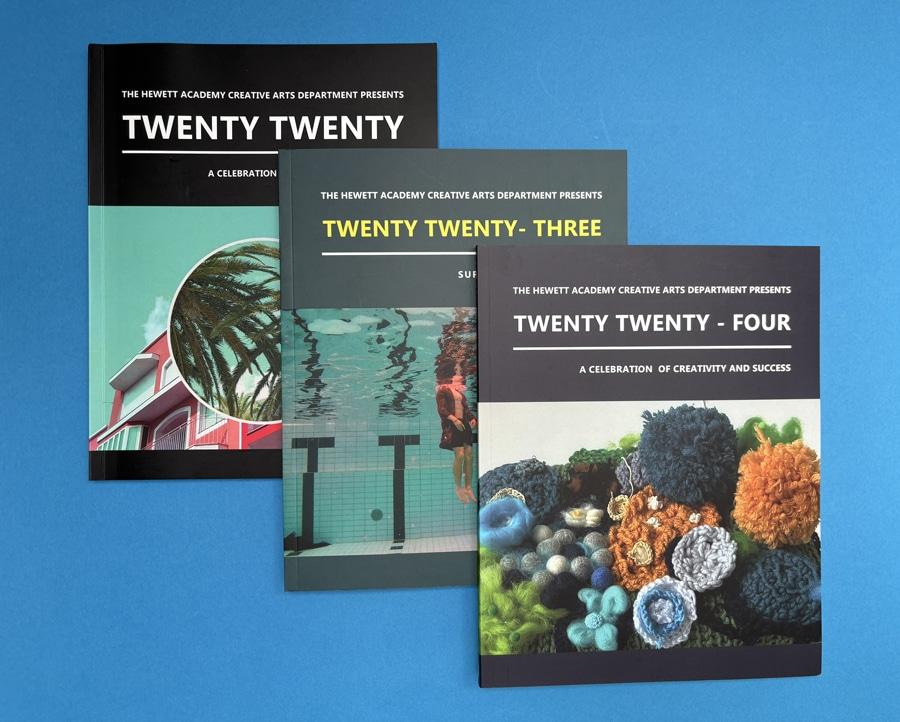Top Sustainable Technologies Transforming Educational Settings: A 2024 guide
In our rapidly evolving world, the intersection between sustainability and technology is reshaping the landscape of education. As educators, students, and institutions seek eco-friendly solutions, innovative sustainable technologies are not just a trend—they are a necessity. This thorough 2024 guide explores the top sustainable technologies transforming educational settings, highlighting key innovations, practical benefits, and actionable insights designed for greener, smarter learning environments.
Why Sustainable Technology Matters in Education
Sustainable technology in education addresses global environmental concerns by reducing the carbon footprint of schools and campuses while enhancing the overall learning experience. Adopting eco-friendly education technology promotes responsible resource use, encourages environmental awareness among students, and creates healthier, future-ready educational settings.
Top Sustainable Technologies Revolutionizing Schools and Universities in 2024
1. Smart Energy Management Systems
modern educational buildings are utilizing smart energy management solutions to optimize electricity consumption. Equipped with AI-driven sensors and real-time analytics, these systems:
- Monitor and control lighting, heating, and cooling systems based on occupancy
- significantly reduce energy waste and utility bills
- Provide actionable data to drive further sustainability initiatives
Example: Many universities have integrated platforms like BuildingOS or Honeywell Forge to automate and monitor entire campuses, achieving up to 25% reduction in overall energy use.
2.Solar Power and Renewable Energy Integration
Embracing renewable energy sources in education has become a top priority for institutions aiming to become carbon-neutral. Schools are installing:
- Rooftop solar panels and microgrids
- Solar-powered outdoor classrooms and learning hubs
- Wind turbines and geothermal heating, where feasible
These solutions provide reliable energy, lower dependence on fossil fuels, and serve as real-world case studies for STEM education.
3. Green Building Certifications and Modular Classrooms
New campuses and retrofitted buildings are being designed to meet stringent green building certifications such as LEED or BREEAM. Features include:
- Energy-efficient insulation and windows
- Rainwater harvesting and low-flow plumbing
- Modular classrooms constructed from sustainable materials, enabling scalable, low-impact learning spaces
This shift enhances indoor air quality and reduces construction waste, boosting both health and environmental metrics.
4. Digital Learning Platforms and E-Resources
By transitioning to paperless classrooms and cloud-based learning management systems (LMS), schools minimize thier reliance on paper, ink, and physical textbooks. Leading options include:
- Google Classroom and Microsoft Teams for Education
- E-books, interactive worksheets, and multimedia lessons
- Virtual lab simulations and gamified assessments
Not only does this save thousands of trees annually, but it also fosters interactive, personalized education.
5. Sustainable IT hardware
Modern IT procurement prioritizes longevity and carbon reduction. Key trends include:
- Energy Star-rated laptops and printers
- Devices made with recycled or biodegradable components
- Device leasing programs for upcycling and responsible recycling
HP’s Sustainable Impact program and Dell’s Closed-Loop Recycling are top industry examples.
6. Sustainable transportation Initiatives
Eco-friendly transport solutions are reducing emissions associated with student and faculty commutes. Technologies include:
- Electric school buses and e-bike sharing programs
- Carpooling apps and real-time public transport tracking
- Charging stations for electric vehicles on campus
These projects lower air pollution, reduce city congestion, and promote healthy lifestyles.
7. Water and Waste Management Technologies
Institutions are leveraging smart metering and iot-based solutions to track and optimize water consumption and waste management. Popular implementations:
- Automated recycling bins with AI-powered sorting
- Low-flow fixtures and real-time leak detection
- Composting programs and food waste tracking in cafeterias
Adopting these sustainable technologies creates measurable environmental impact and instills lifelong green habits in students.
Benefits of Sustainable Technology in Education
- Cost Savings: Lower energy and resource costs mean more budget for academic programs.
- Healthier Environments: Improved air and water quality leads to higher attendance and concentration rates.
- 21st-Century Skills: Students engage with real-world tech, boosting digital literacy and environmental awareness.
- Reputation: Sustainability attracts environmentally conscious students, parents, and staff.
Practical Tips for implementing Sustainable Technologies in Schools
- Conduct an Energy Audit: Assess your current energy and resource use before investing in new technologies.
- Start with Pilot Projects: Implement sustainable solutions on a small scale to monitor success and scalability.
- Engage Stakeholders: Involve students, teachers, and parents in green initiatives to foster support and innovation.
- Leverage grants and Incentives: Many local governments and NGOs offer funding to kickstart sustainability projects.
- Monitor and Share Results: Use data dashboards and regular reports to showcase impact and adjust strategies as needed.
Case Studies: Real-World Impact of Sustainable Educational Technology
Green School bali
The Green School in Bali is renowned for its bamboo architecture, solar arrays, and riverside hydro turbines. Students participate directly in managing the school’s organic gardens, compost systems, and plastic-free initiatives.
“Our mission is to create a natural, holistic, student-centered learning environment that empowers and inspires students to be creative, innovative, and green.” — Green School Bali
University of British Columbia (UBC)
UBC’s Center for Interactive Research on Sustainability (CIRS) is a shining example of a net-positive energy and water building. With automated climate controls, daylight harvesting windows, and zero-waste operational goals, it serves as a living lab for sustainability innovation.
First-Hand Experience: Educator Testimonial
“The shift to digital textbooks and cloud-based classroom tools cut our paper usage by over 60% in one semester. Students are more engaged, and it’s easy to track learning outcomes while being eco-friendly!” — Lisa Johnson, Middle School Science Teacher, Chicago Public Schools
Conclusion: The Future of Sustainable Technology in Educational Settings
As 2024 ushers in a new era of environmental obligation, sustainable technologies in education are making a important difference—not only in reducing carbon footprints but also in cultivating global citizens prepared for tomorrow’s challenges. From smart buildings to renewable energy and digital-first classrooms, these innovations demonstrate that a sustainable approach is both feasible and highly beneficial.
Embrace the future of green learning! By integrating sustainable technologies into your educational setting, you foster a culture of innovation, responsibility, and lasting positive impact for generations to come.

